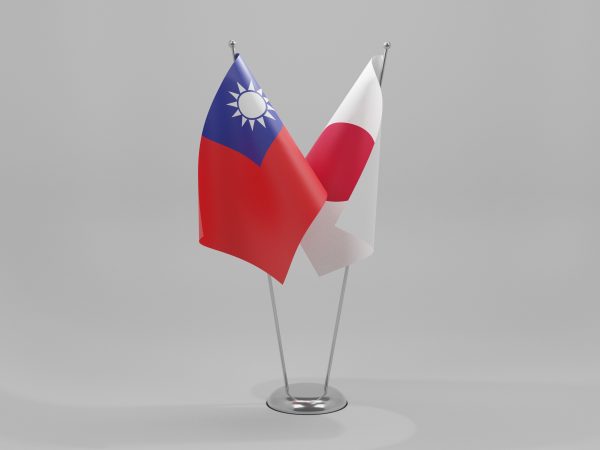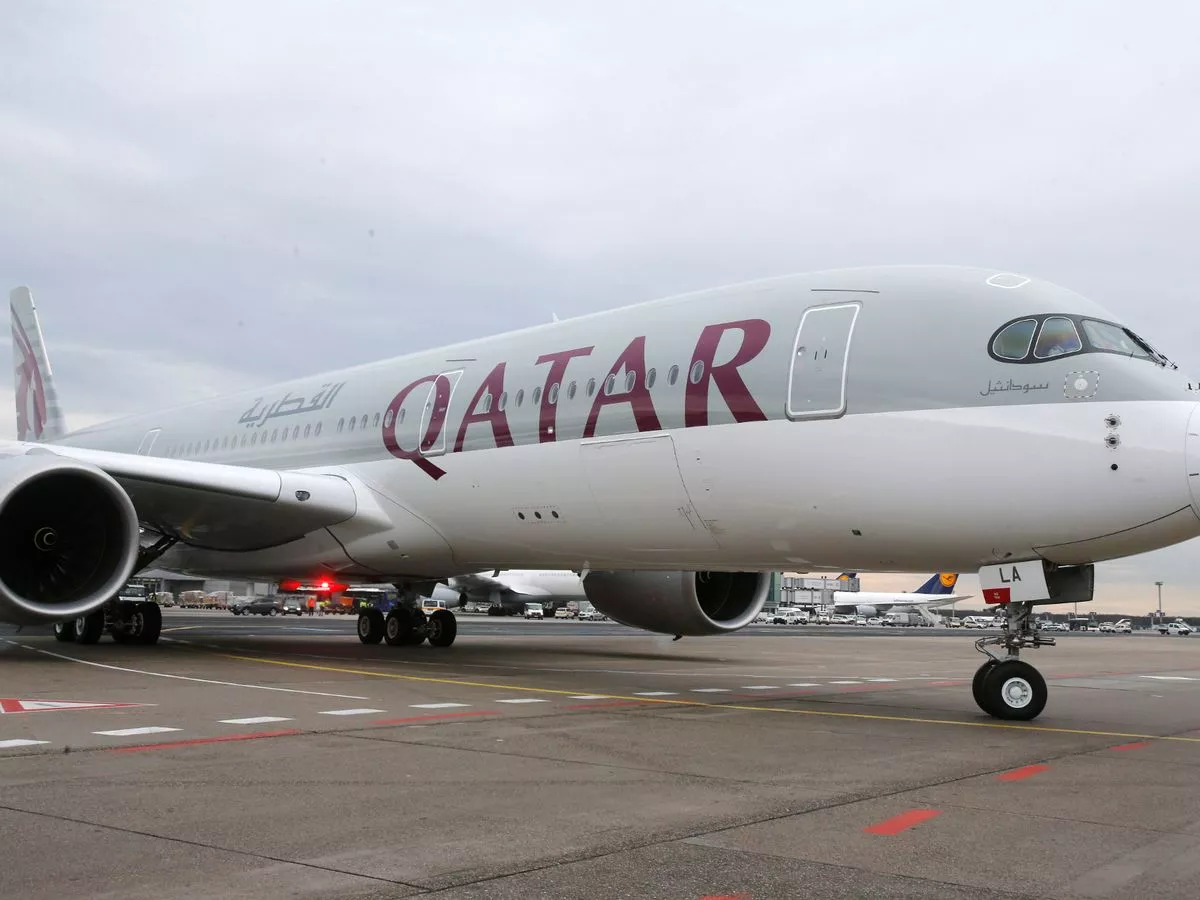By KAWASHIMA Shin
Copyright thediplomat

Taiwan’s policy toward the United States is somewhat fraught at present, given the American government’s refusal to allow Taiwanese President Lai Ching-te to transit in New York and the challenges presented by the tariffs of U.S. President Donald Trump. In contrast, Taiwan’s diplomatic initiatives towards Japan appear to be paying off handsomely. Frequently mentioned in Taiwan are the visit of Foreign Minister Lin Chia-lung to Japan as well as Taiwan’s representative to Japan Li Yi-yang’s participation in the Hiroshima and Nagasaki peace memorial ceremonies. Lin’s visit to Japan has been reported in Taiwan and elsewhere as a groundbreaking achievement. Lin was in Japan in a private capacity to visit the Expo in Osaka. Taiwan has a pavilion at the expo called Tech World (the initials spell TW, aka Taiwan), featuring private companies founded by the Taiwan External Trade Development Council (TAITRA). It would seem that Lin went to Osaka via Tokyo during this visit. While in Tokyo, Lin called on the Taipei Economic and Cultural Representative Office in Japan for the first time as foreign minister, and also met with Chairman Furuya Keiji and others at the Japan-ROC Diet Members’ Consultative Council, a bipartisan parliamentarians’ alliance. Furuya posted the details of the meeting on social media on July 25. Photos of the meeting also showed Diet member Takaichi Sanae, a member of the Liberal Democratic Party’s conservative faction and one of the main candidates competing to replace Japanese Prime Minister Ishiba Shigeru, who recently announced that he was stepping down. As such, the photo was strong evidence of the connection between LDP conservatives and Taiwan. Although China has protested, it only went as far as Liu Jinsong, director-general of the Department of Asian Affairs of the Chinese Foreign Ministry, submitting a “strong protest” to Yokochi Akirato, chief minister of the Embassy of Japan in China. It is possible that the Chinese softened their objection in light of it having been a private visit and not a meeting with a Cabinet minister. While Lin’s visit to Japan did underscore the closeness of political exchanges between Japan and Taiwan, there has in fact been little substantial progress in terms of ushering in a new phase in Japan-Taiwan relations. At present, Taiwan is a primary destination for Japanese Diet members. However, the Ishiba administration did not really exhibit any specific Taiwan policy. Of course, there were the standard economic and cultural relations, yet little progress was made in bolstering and institutionalizing relations in the context of the new international situation. Meanwhile, Taiwan’s representative to Japan Li Yi-yang’s activities in August have also become a hot topic. His participation in the Hiroshima and Nagasaki peace memorial ceremonies was the first by a Taiwanese representative. It should be noted that the circumstances for Taiwan’s participation in each ceremony were quite different. In Hiroshima, the host city had sent an invitation to the Taiwanese in advance, seating Li near George Glass, the American ambassador to Japan. As such, it was widely reported that the two shook hands. That Li could sit near Glass signified that he got to sit by the “diplomatic corps” and it will surely be seen as a great achievement for Taiwan that one of its representatives could get that kind of seat and interact with a U.S. ambassador when Taiwan does not even have diplomatic relations with Japan. By contrast, in Nagasaki, the host city had not sent an invitation to the Taiwanese, doing so only after the Taiwanese expressed a desire to take part. Moreover, the seat assigned was nowhere near diplomatic corps, but rather was located in the international nongovernmental organization (NGO) area. Since Japan has no diplomatic relations with Taiwan, this would not be regarded as a breach of protocol, but it was in stark contrast with Hiroshima. Li observed that there may have been “Chinese pressure” on Nagasaki. It is certainly true that Nagasaki is one of the most “China-friendly prefectures” in Japan. Historically, Nagasaki and Shanghai have had close times, with the Chinese Consulate in Nagasaki having jurisdiction in Nagasaki Prefecture only (all other prefectures in Kyushu and Okinawa are under the jurisdiction of the Fukuoka Consulate General), but playing an important role within the prefecture. Because of this, from a Japanese standpoint, it was probably notable that Nagasaki opened up for Taiwanese representation at the ceremony at all, but from a Taiwanese standpoint, the contrast with Hiroshima likely created disappointment in the city’s response. When it comes to Japan-Taiwan relations generally, although participation in these commemorative ceremonies does symbolize a deepening of relations, it does little to concretely improve the relationship between Japan and Taiwan. Such symbolic actions do count as diplomatic achievements, but at the same time, the question remains: What substantive issues are being resolved. Building on the foreign minister’s visit to Japan and the representative to Japan’s event participation, the focus will be on with what kind of substance Japan-Taiwan relations can develop going forward.



